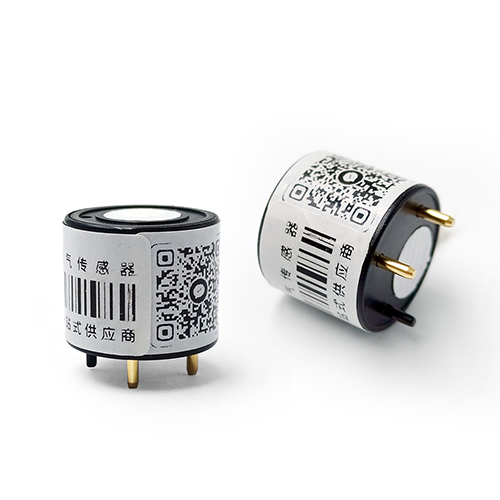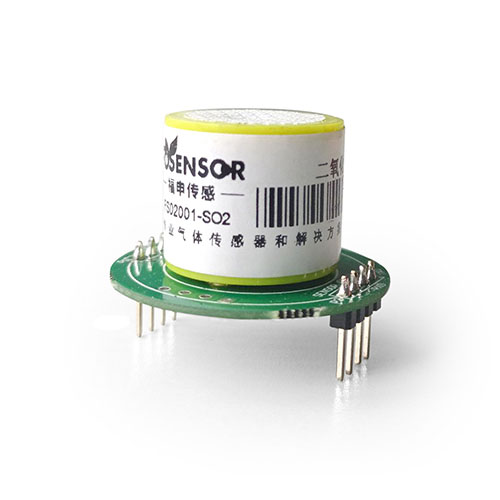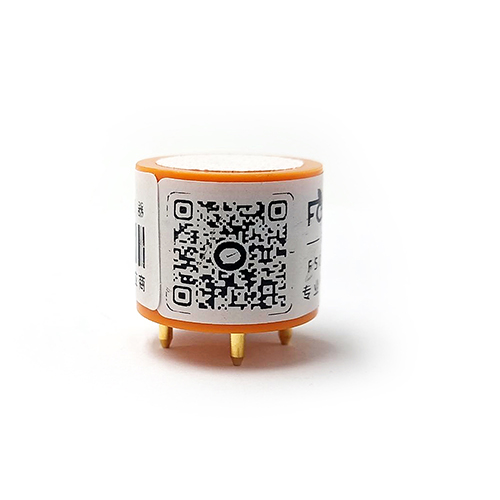Electrochemical sensors for environmental monitoring
As the problem of environmental pollution becomes increasingly prominent, environmental testing has become an important task. As a fast, sensitive and simple environmental detection technology, electrochemical sensors have been widely used. This article will discuss the working principle, types and application of electrochemical sensors in environmental detection.
How Electrochemical Sensors Work
Electrochemical sensors analyze the concentration, properties, components and other information of the substance to be measured by detecting the current, voltage and other signals generated in the electrochemical reaction. There are three commonly used electrochemical sensors, namely electrolytic cells, electrochemical biosensors and nanocapillary electrochemical sensors.
Electrolytic cell sensors are mostly used to measure parameters such as ion concentration and pH value. Taking the pH value as an example, when the pH value changes, the concentration of hydrogen ions or hydroxide ions in the electrolytic cell changes, thereby generating signals such as current and voltage. The pH value can be obtained by calculating the magnitude of these signals, thereby improving the environment. Take measurements
Electrochemical biosensors realize the detection of certain biological substances by connecting enzymes, antibodies, etc. in organisms to the electrode surface. For example, the concentration of glucose can be measured by attaching glucose oxidase to the electrode surface
Nanocapillary electrochemical sensors are often used to detect trace substances, such as heavy metals and organic substances. The sensor measures the concentration of the substance to be measured by connecting the nanocapillary to the electrode and using parameters such as electrode potential and current.
Types of electrochemical sensors
Depending on the detection target, electrochemical sensors can be divided into many different types. For example, sensors can be divided into organic sensors, inorganic sensors, electrochemical gas sensors, etc. according to the types of substances they measure.
Organic matter sensors are mainly used to detect various organic matter, such as heavy metals, organic pollutants, etc. Inorganic sensors are mainly used to detect inorganic substances, such as oxygen, chloride ions, etc. Gas sensors are used to detect various gases, such as SO2, NO2 and other harmful gases.
According to the different detection methods of sensors, they can also be divided into solid sensors, liquid sensors, etc. Liquid sensors are generally used to detect parameters such as concentration and pH value in solutions, while solid sensors are generally used to detect physical parameters such as various surface quality. Electrochemical sensors are widely used in environmental detection. For example, in water quality testing, electrochemical sensors can be used to measure the concentration of heavy metal ions, nitrogen, phosphorus and other nutrients in ponds, lakes or groundwater, so that water pollution incidents can be detected and dealt with early.
In addition, in atmospheric environment monitoring, electrochemical sensors can help monitor the concentration of harmful gases, among which the monitoring of SO2, NO2 and other gases is the most common.
In solid waste treatment, electrochemical sensors also play an important role. Using electrochemical sensors, the chemical composition of various solid wastes can be accurately measured and reasonable treatment plans can be formulated based on the data.
Electrochemical sensors for environmental monitoring are an important detection technology that can help us detect environmental pollution incidents in time and take effective measures to deal with them. Through the introduction of this article, we understand the working principles and types of electrochemical sensors, and introduce their specific applications in environmental detection.








